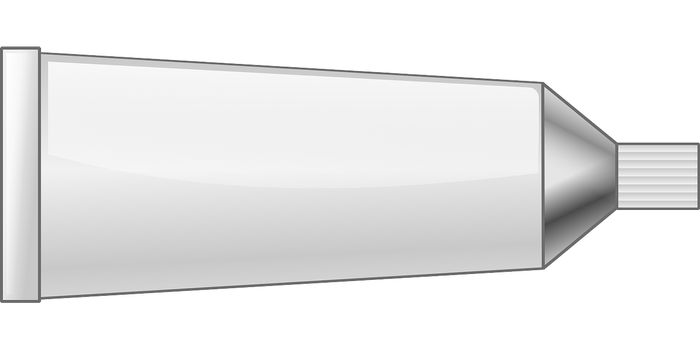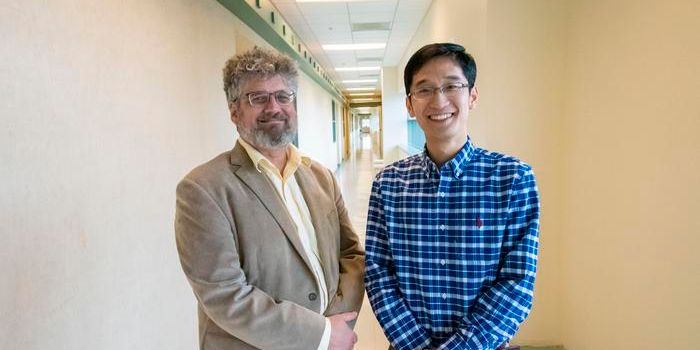Artificial Intelligence Shows Promise in Diagnosing Strokes
Quick identification and intervention is critical in successfully treating a stroke. During a stroke, blood supply to the brain is blocked. As a result, cells in the brain start to die because they aren’t being exposed to oxygen. This causes parts of the brain to be damaged and may lead to long-term disability or death.
Neurons are lost from the brain at a slow rate as a normal part of the aging process. During a stroke, the brain loses as many neurons in a single hour as it normally does in about 3.6 years of aging. This is why quick stroke intervention is essential to mitigate long term effects.
Ischemic strokes are strokes that are caused by blood clots or other particles that block the blood vessels to the brain. One type of ischemic stroke is caused by an emergent large vessel occlusion (LVO), meaning that one of the major arteries of the brain is blocked. Since the size of the vessel results in more oxygen being deprived from the brain, this type of stroke tends to be more severe.
This type of stroke is typically treated by endovascular therapy (EVT). During this procedure, a catheter is inserted into an artery and used to physically remove the blood clot that is causing the stroke. This procedure is extremely effective in preventing subsequent brain damage during a stroke. For this reason, it is essential that the procedure begin as quickly as possible after a stroke patient is admitted to the hospital.
Research presented at the Society of NeuroInterventional Surgery’s (SNIS) 19th Annual Meeting proposes using artificial intelligence (AI) technology to identify the cause of a stroke more quickly. The patient would undergo a non-contrast computed tomography (NCCT scan) and the AI technology would be used to analyze the scans in real time to determine the cause of the stroke. If the stroke is caused by a large vessel occlusion (LVO), endovascular therapy (EVT) can begin immediately.
The researchers believe that using this technology will save critical time during stroke triage and lead to better outcomes for patients. Jason Tarpley, MD, PhD, lead author of the study and stroke medical director at the Pacific Stroke and Aneurysm Center, says that “simply put, the faster we act, the better our stroke patients’ outcomes will be. Our results represent an advance that has the potential to speed up the identification of LVO stroke during the triage process at the hospital.”
Sources: Centers for Disease Control and Prevention, The Valley Health System, Cardiovascular and Interventional Radiological Society of Europe
-
APR 17, 2024Cannabis Sciences Virtual Event Series 2024
-
APR 30, 2024Immuno-Oncology Virtual Event Series 2024
-
MAY 07, 20243rd International Biosecurity Virtual Symposium
- See More

















































